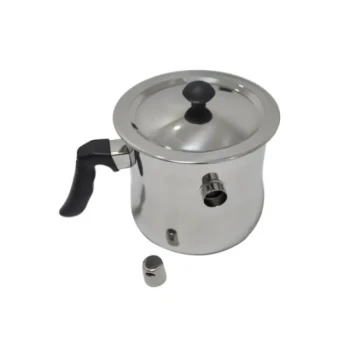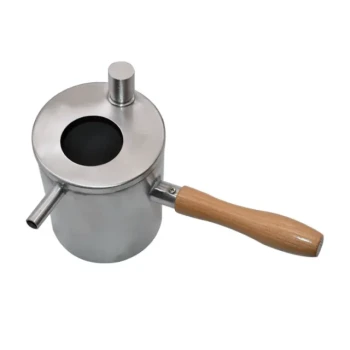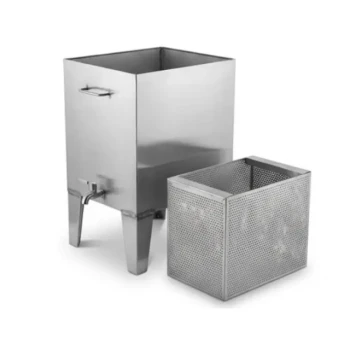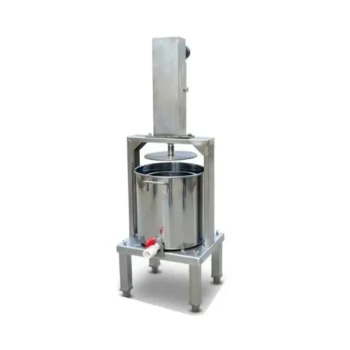After the honey was pressed, the remaining wax cake was divided and placed into oven dishes. It was then melted in an oven in an attempt to separate any residual honey from the wax.
The core takeaway is that while the wax cake was melted to salvage leftover honey, the process was inefficient and problematic due to impurities, leading to the decision to find a better method for cleaning the wax in the future.
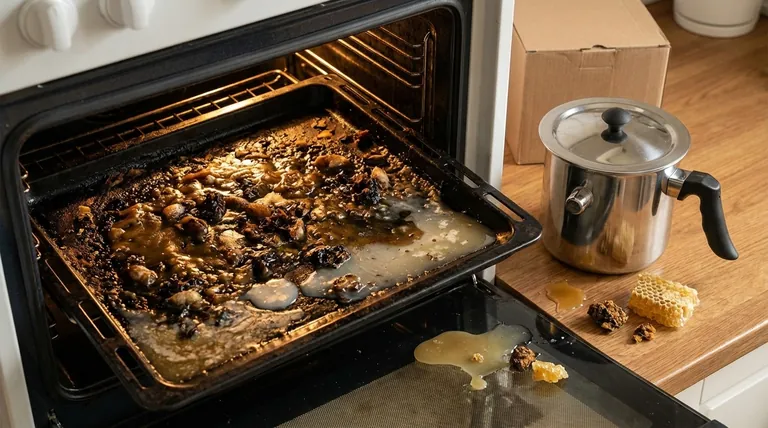
Analyzing the Wax Salvage Process
When honey is extracted via pressing, a compressed cake of beeswax and other hive materials remains. The goal then shifts to salvaging and purifying this wax for other uses.
The Attempted Method: Oven Melting
The immediate action taken was to heat the wax cake in an oven. The principle behind this is that the lower-density wax will melt and float on top of the heavier, water-based honey.
This would theoretically allow the two to be separated once cooled.
An Ineffective Outcome
This experiment did not yield the desired results. The amount of honey recovered from this process was negligible and not considered a useful quantity.
This suggests that the initial pressing was highly efficient, leaving little honey behind in the wax.
Understanding the Complications
The primary issue was not just the lack of recovered honey, but the quality of the wax itself. This complication reveals why simple oven melting is often insufficient for unprocessed wax cakes.
The Problem of Impurities
The wax cake was not pure beeswax. It contained old brood comb and other unspecified debris from the hive.
Brood comb is where the queen lays eggs and young bees are raised. It accumulates pupal cocoons and other materials over time.
Why Impurities Don't Melt
These cocoons and debris do not melt at the same temperature as beeswax. When the wax was heated, these impurities remained solid, creating a difficult-to-separate sludge rather than a clean separation of liquids.
This made the process messy and the resulting wax impure.
Moving Forward: A Change in Strategy
The failure of the oven-melting method led to a clear conclusion: a different approach is needed for processing this type of raw wax.
The Real Goal: Wax Cleaning
The deep need is not to recover trace amounts of honey, but to efficiently clean the beeswax for future use (e.g., for making candles or cosmetics).
Future Plans
The plan is to abandon the oven-melting technique entirely. The focus will shift to a more effective wax cleaning method that can properly handle the impurities found in pressed comb.
This highlights a common learning process in beekeeping: adapting techniques based on practical results.
Summary Table:
| Step | Action | Outcome | Key Issue |
|---|---|---|---|
| 1 | Press honey from comb | Wax cake with residual honey and impurities | Initial pressing leaves little honey |
| 2 | Melt wax cake in oven | Negligible honey recovery, impure wax sludge | Impurities like brood comb don't melt |
| 3 | Evaluate process | Inefficient and messy | Need for better wax cleaning methods |
Struggling with inefficient wax cleaning in your apiary? HONESTBEE supplies high-quality beekeeping equipment and supplies to commercial apiaries and distributors, helping you purify beeswax effectively for uses like candle making. Contact us today to boost your productivity and reduce waste!
Visual Guide
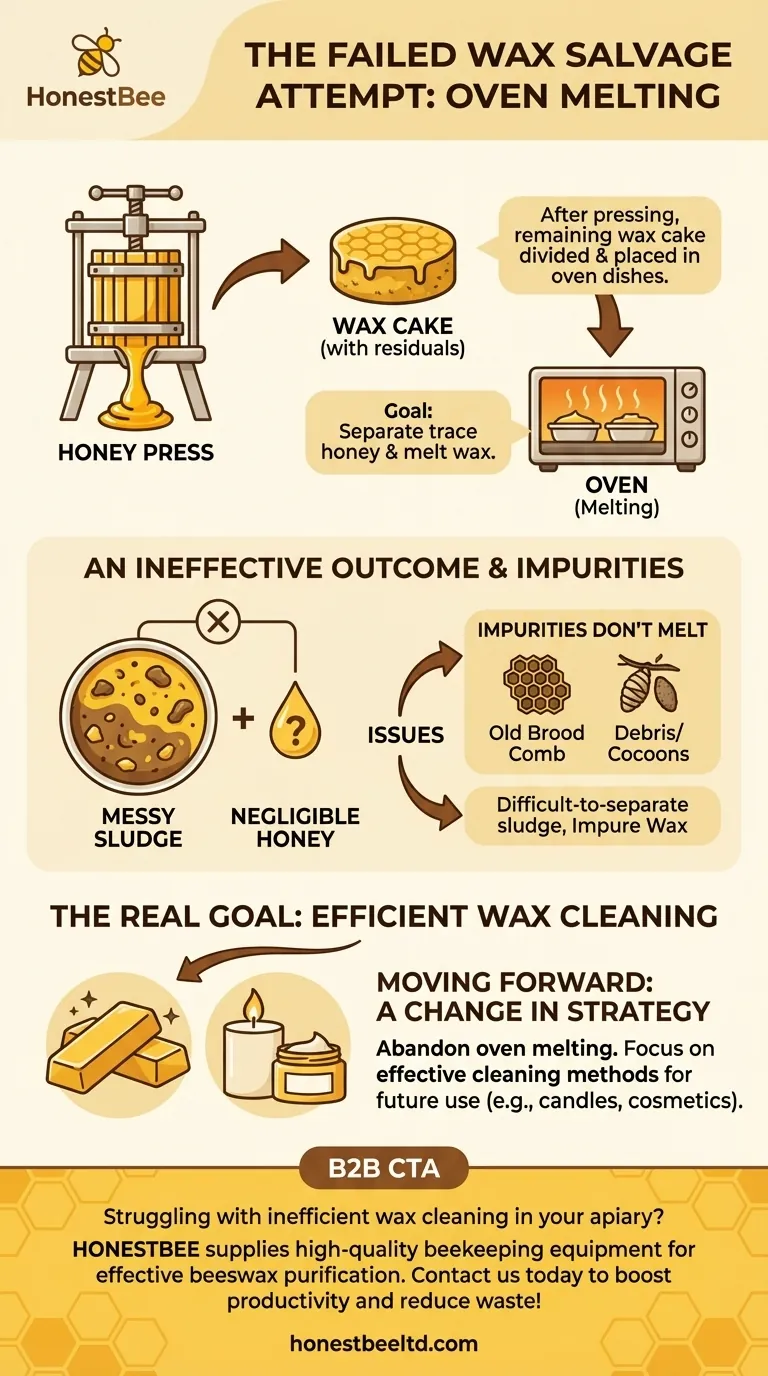
Related Products
- Beeswax Melter for Candle Making Honey Bee Wax Melter
- Professional Stainless Steel Wax Melter for Beekeeping and Crafts
- Honey Wax Separating Wax Press with Metal Screw Wax Separator Machine
- Steam Beeswax Melter Wax Warmer for Wax Processing
- Electric Beeswax Flat Sheet Machine with Operating Tray for Wax Processing
People Also Ask
- What are the primary products of honey bee farming besides honey? Discover the Hive's Hidden Treasures
- What is the flashpoint of beeswax? Essential Safety and Quality Tips for Beekeepers
- What makes polyurethane foam environmentally friendly? The Surprising Benefits of a Durable, Inert Material
- What do you use a wax melter for? From Home Fragrance to Professional Beekeeping
- What are the benefits of using a professional wax melter? Achieve Consistent, Scalable, and Safe Production
